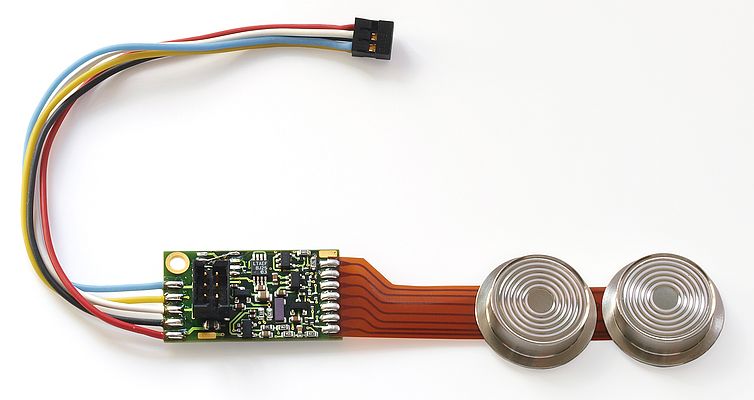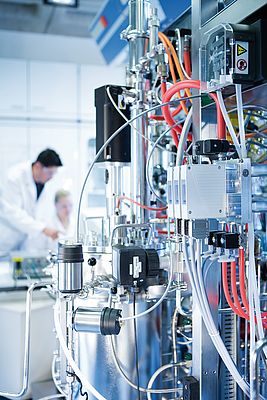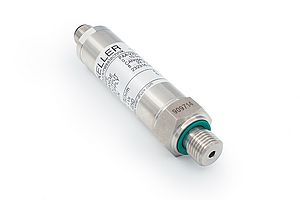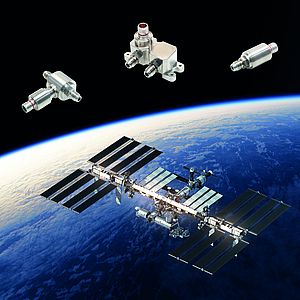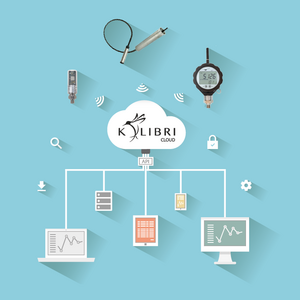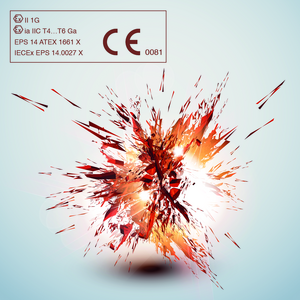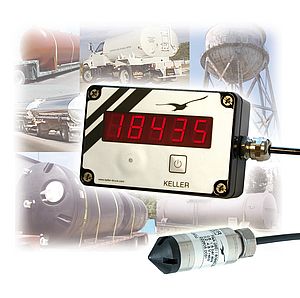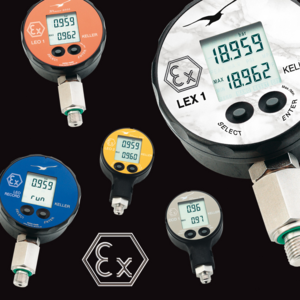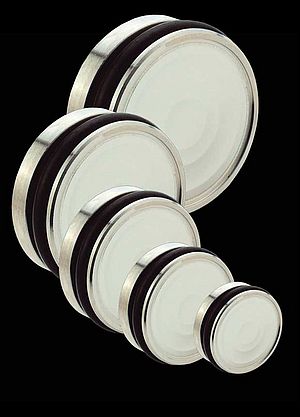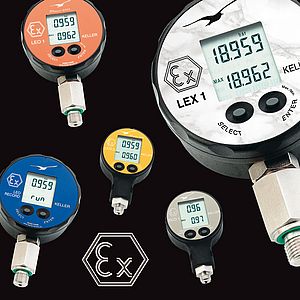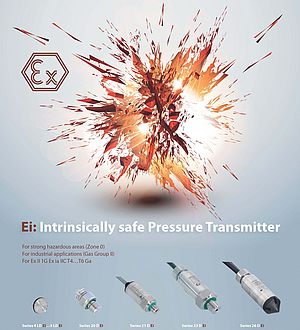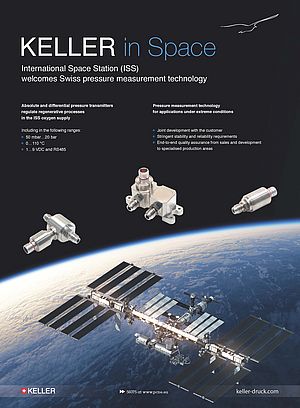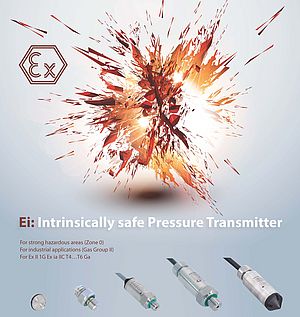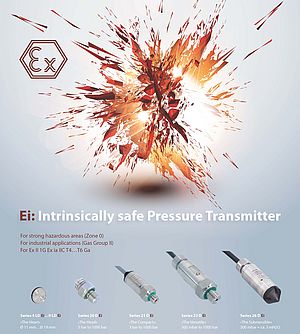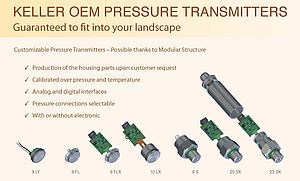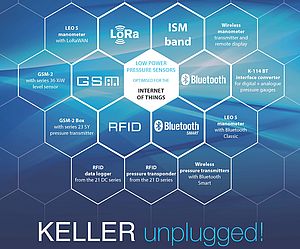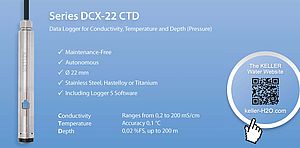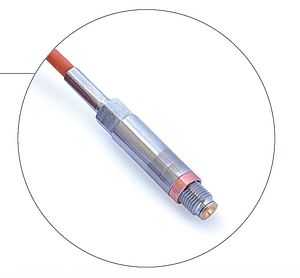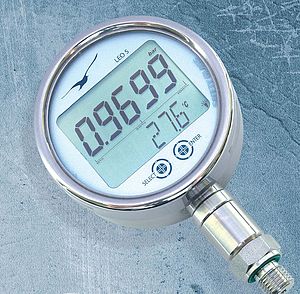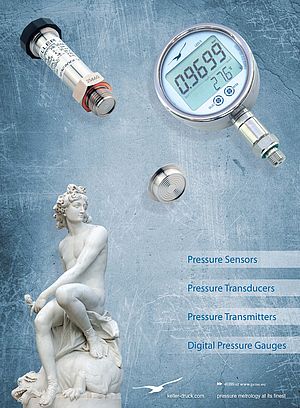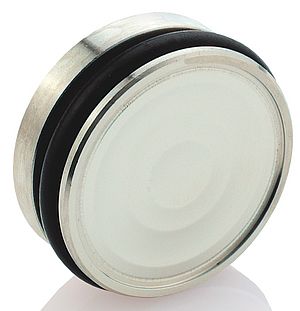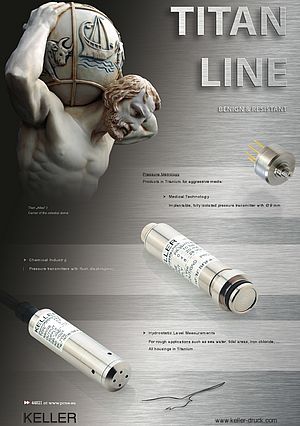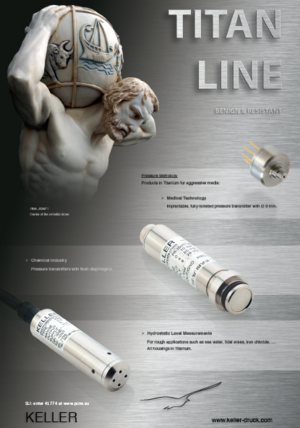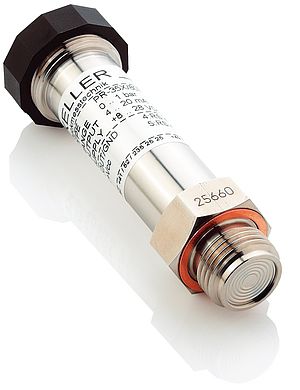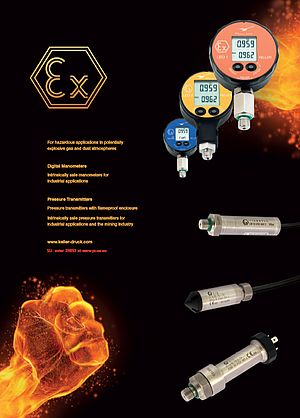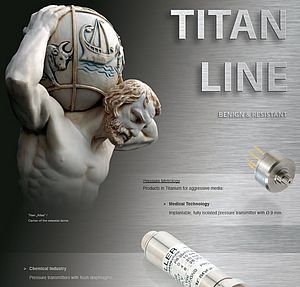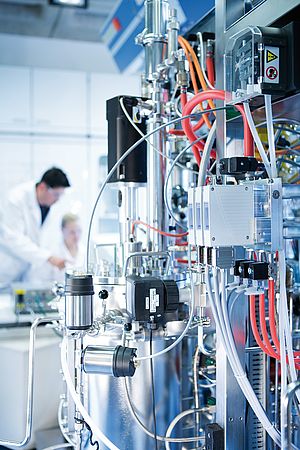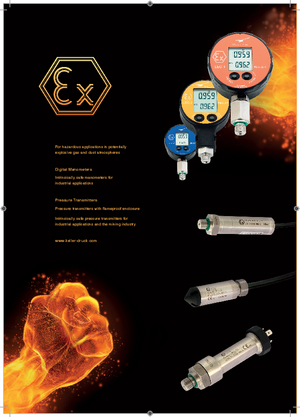Close cooperation between a component producer and a device manufacturer in the product’s development phase has lead to a differential pressure measuring module, which has now been integrated into a production flow controller.
A spraying system that allows precise metering of lubricants was required for sheet metal working. This application was the starting-point for Bürkert to develop a series of Liquid Flow Controllers, and it served as the pilot project. The sensor and control technology, the actuator and the customary electrical process interfaces had to be accommodated in one compact device that was to be designed for trouble-free continuous operation, as is usually the case in process measurement technology.
Flow rate measurement using differential pressure
Because the process environment called for a fairly robust design and high operating reliability, it was decided to measure the flow volume on the basis of the pressure drop in the measuring medium as it passes through a metering orifice with a defined diameter. Moreover, two individual pressure sensors were to be deployed for this purpose. A good relationship with the German branch of Keller AG für Druckmesstechnik of Switzerland was already in place, and this factor now came fully into play.
Pressure difference or differential pressure transmitters
In conventional differential pressure transmitters, both sides of a measuring diaphragm are exposed to the measuring medium; i.e., one „high“ and the other „low“ pressure input. With typical differential measuring
ranges of 500 mbar and common mode pressures of up to 10 bar, a momentary interruption of either the high or low pressure could result in a 20-fold overload on the diaphragm. Such an overload can only be
absorbed with complex (and therefore expensive) adaptations to the structural design, without which the transmitter would inevitably be destroyed. Bürkert’s fluid control systems specialists wanted to exclude risks of this sort, so they were very interested in the differential pressure measurement module.
Differential pressure transmitters operate with two selected, encapsulated silicon pressure sensors, installed at a distance of about 20mm from each other. They deliver their respective output signals to the inputs of a microprocessor: after a straightforward 16 bit A/D conversion, the microprocessor’s computing power is sufficient to eliminate virtually all reproducible nonlinearities and temperature dependencies, as determined during calibration, by mathematical means. Thanks to this method, Keller’s differential pressure transmitters attain a total error band of better than ±0,1%FS across broad temperature ranges. The analog output signal from the module is updated as many as 200 times per second, and a good dynamic reserve is available for subsequent processing. As a rule of thumb, it can be said that the measuring range for differential pressure measurements of this sort should be approximately 20% of the common-mode pressure.
In addition to standard analog signals of 4…20 mA and 0…10 V, the processor offers a digital RS485 half-duplex interface. This interface can be used, for example, to output the measured pressure and temperature values from the individual sensors, i.e. output is not limited to the differential pressure values. Digitization enables flexible adaptation of the interval for the analog output signal to the desired interval for the input signal (differential pressure).
The mechanical connection between the pressure sensors and the main channel of the flow controller is implemented in each case with a capillary tube (vented by means of a defined purging process), which is also designed as a low-pass filter for pressure peaks. All the parts that come into contact with the measuring medium (except for the sealing rings) are made of high-grade stainless steel.
A close working relationship between engineers at Keller and Bürkert ensured the end result would be compliant with the jointly-developed specification. In addition, Keller’s engineers implemented additional details in line with the customer’s wishes; e.g., the delivery format for the flexible PCB with electrical connection details and the mechanical integration were specified by joint agreement, as was the output signal at nominal flow rate, which at its current value of 2,5 V varies significantly from the Keller catalog product.
Integration
Bürkert manufactures the Liquid Flow Controllers to order, as customized process measurement devices for each specific application. Based on only three differential pressure transmitters with variant equipment, final flow rate values of between 0,9 l/h and 36 l/h can be achieved, depending on the common-mode pressure. The measuring ranges are fine-tuned with the help of special orifices integrated into the flow channel; the targeted difference between input pressure and output pressure is typically about 500 mbar.
As the project progressed, the inherent benefits of digital signal processing and individual sensor signals for input pressure and output pressure produced unexpected benefits; e.g., these can be utilized internally within the flow controller to set limits, detect overloads or to implement other diagnostic functions. Further, during calibration of the flow rate measurement (usually carried out with water or a fluid with similar viscosity to that of the process liquid), the calibration data can be entirely recharacterized in the processor of the differential pressure transmitter, thereby resulting in an „end-to-end“ calibration of the flow controller, not just the pressure sensor.


